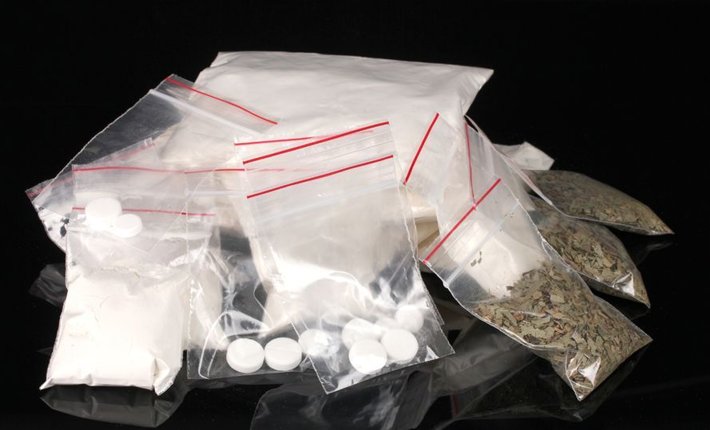The Dangers of Synthetic Drugs

It may be true that some drug substances are far more potent and dangerous than others, but it is also true that there are no truly “safe” drug substances. This is largely due to the fact that all drug substances work by interrupting a body’s normal functions and by producing physiological changes in the body. This includes both “natural” drugs like marijuana, cocaine, and opium, as well as synthetic drugs like methamphetamine, ecstasy, and spice.
What Are Synthetic Drugs?
Synthetic drugs are drug substances that have been manmade with the express purpose of mimicking the effects of other controlled substances. They come in a variety of forms, including herbs, liquids, pills, and powders, and are incredibly dangerous. One may even be able to argue that synthetic drugs are more dangerous than “natural” drugs because of one main thing: there is no way for the user to confirm the exact origin or chemical composition of the drug they are being sold. This means that a single dose of the “same” synthetic drug substance can prove fatal—as it may not be pure as advertised and instead may be laced with other dangerous drug substances.
In addition to the dangers that all synthetic drugs carry in regards to their origin and chemical composition, some specific synthetic drugs that are highly popular are also highly dangerous. The following are a few of the most popular and dangerous synthetic drugs:
- Synthetic marijuana. Synthetic marijuana, which is more commonly referred to as “Spice” or “K2” is created by spraying chemicals on herb-like materials. These chemicals are designed to mimic the effects of THC, which is the primary psychoactive ingredient in natural marijuana. In an effort to stem the production of synthetic marijuana, the United States Drug Enforcement Administration placed five chemicals that are commonly used in its production into Schedule I of the Controlled Substances Act in early 2011. Unfortunately, all this served to do was drive manufacturers to find new chemical substances to create similar effects.
- Synthetic cathinones. More commonly known as “bath salts,” synthetic cathinones are designed to produce effects that are similar to stimulant drugs like MDMA, methamphetamine, and cocaine. This drug can cause heart attacks, kidney and liver failure, paranoia, panic attacks, a breakdown of muscle tissue, and much more.
- Molly. Often sold as MDMA or Ecstasy, Molly is normally sold as a powder or pill and depending on its origin and composition it can act as a hallucinogen or stimulant. It causes an elevated heart rate, heavy sweating, teeth clenching, chills, and a sudden and dangerous increase in body temperature.
- N-BOMe. Also called “N-Bomb” or “Smiles,” just a small dose of N-BOMe has the potential to cause a deadly overdose. This synthetic hallucinogen is often sold as an LSD alternative, or even as LSD, which places the user in considerable danger.
Most synthetic drugs are sold in small, colorful packages that are specifically labeled “Not for Human Consumption” in order for manufacturers to avoid criminal prosecution, even though they are sold for the exact purpose of being consumed. These drug substances are best avoided entirely. An individual who is suffering from abuse or addiction to synthetic drugs should receive immediate professional rehabilitation treatment services.


